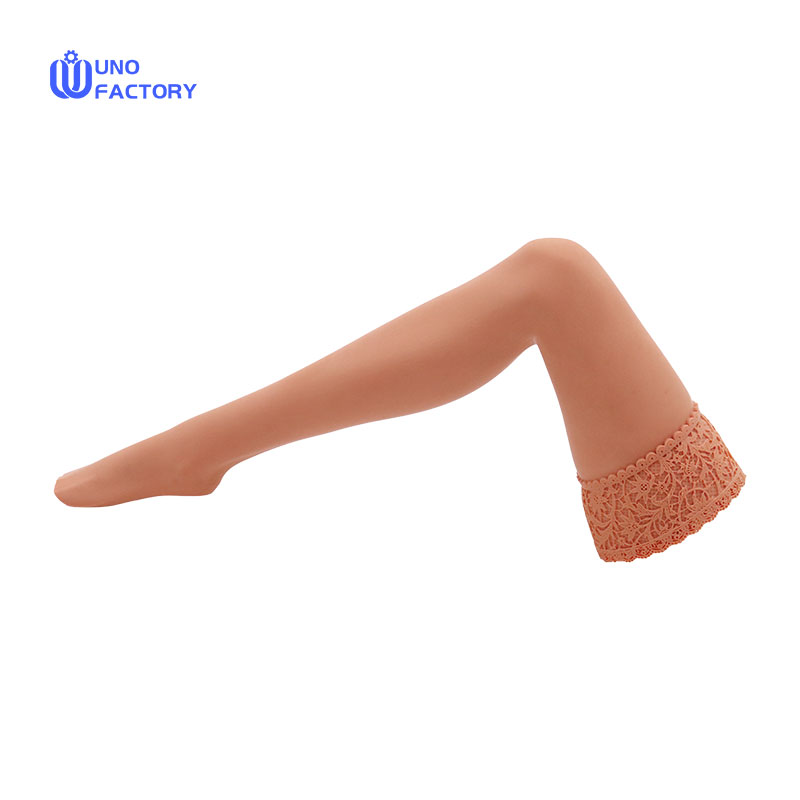Time to read: 6 min

Abstract:
This article delves into the application of 3D printing technology in prototype manufacturing and how a series of professional surface finishing techniques can elevate 3D printed prototypes to a professional level of finish. From basic support removal to advanced polishing and electroplating, this article will reveal how to transform 3D printed prototypes into impressive display items.
Body:
Introduction:
3D printing technology has become the preferred method for prototype manufacturing in many industries due to its high degree of design freedom, rapid manufacturing capabilities, and the ability to produce one-off or small batch parts. However, prototypes printed with 3D printing often require further surface treatment to achieve the desired smoothness and refinement.
Overview of Surface Finishing Techniques:
After 3D printing is completed, the prototype may need to go through a series of post-processing steps to ensure that its surface reaches the required smoothness and fineness. Here are some common 3D printing surface finishing techniques:
1. Painting
Painting is a key step in enhancing the visual accuracy of 3D printed prototypes. By choosing the right paint and process, the appearance of the prototype can be made to more closely resemble the final product.
2. Polishing
For prototypes that pursue a high gloss and smooth surface, polishing is an ideal choice. Using different polishing materials and techniques, effects from matte to mirror-like can be achieved.
3. Bead Blasting
Bead blasting is a common finishing technique for many manufacturing processes, including 3D printed parts. The impact of particles on the surface of the object results in a smooth surface with a typically matte finish. Bead blasting is an effective method for removing the visible layers of a 3D printed part.
4. Electroplating
Electroplating not only enhances the durability of 3D printed parts but also provides the necessary wear resistance, making it an effective method to improve the quality and appearance of prototypes.
Application Cases and Industry Impact:
3D printing and surface finishing technologies play an important role in various industries such as automotive manufacturing and jewelry design. With these technologies, designers and manufacturers can create highly realistic prototypes that facilitate the assessment of design ergonomics and aesthetics.
Conclusion:
The combination of 3D printing technology and professional surface finishing techniques offers endless possibilities for rapid prototype manufacturing. Unofactory, with its expertise in a variety of manufacturing processes, ensures that your 3D printed products achieve optimal visual and tactile quality.




